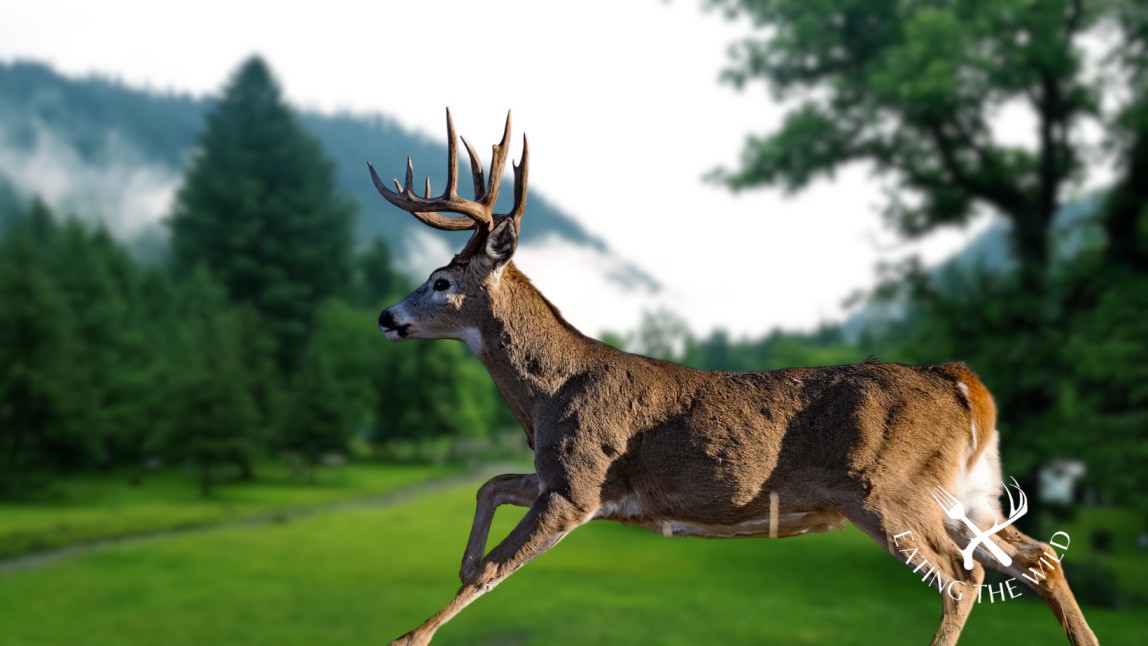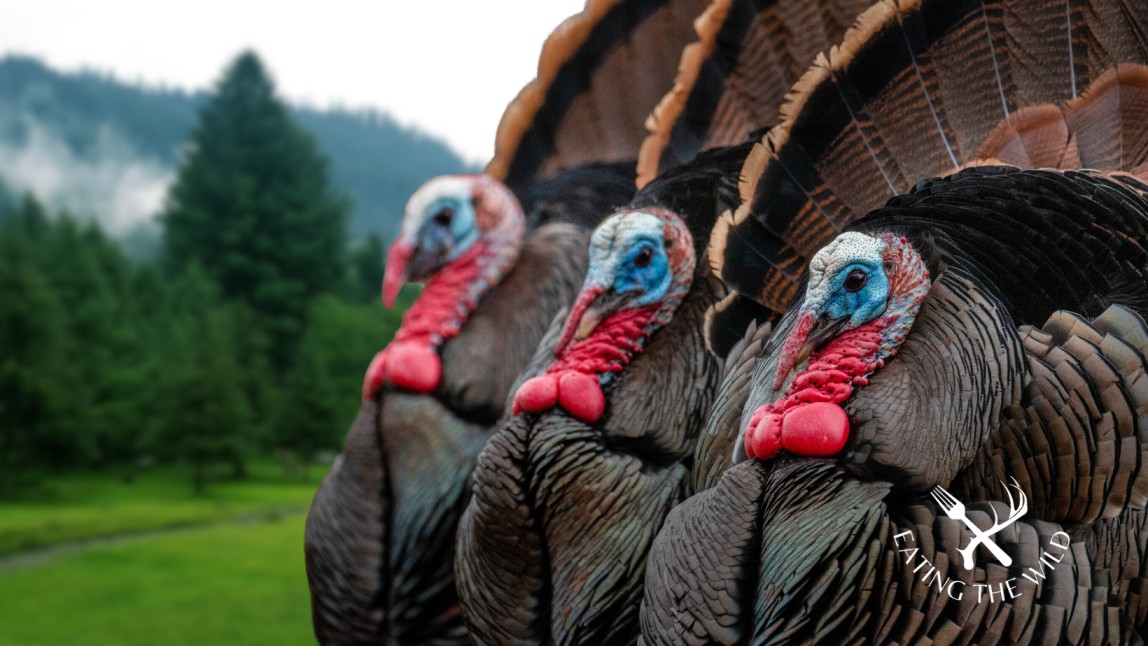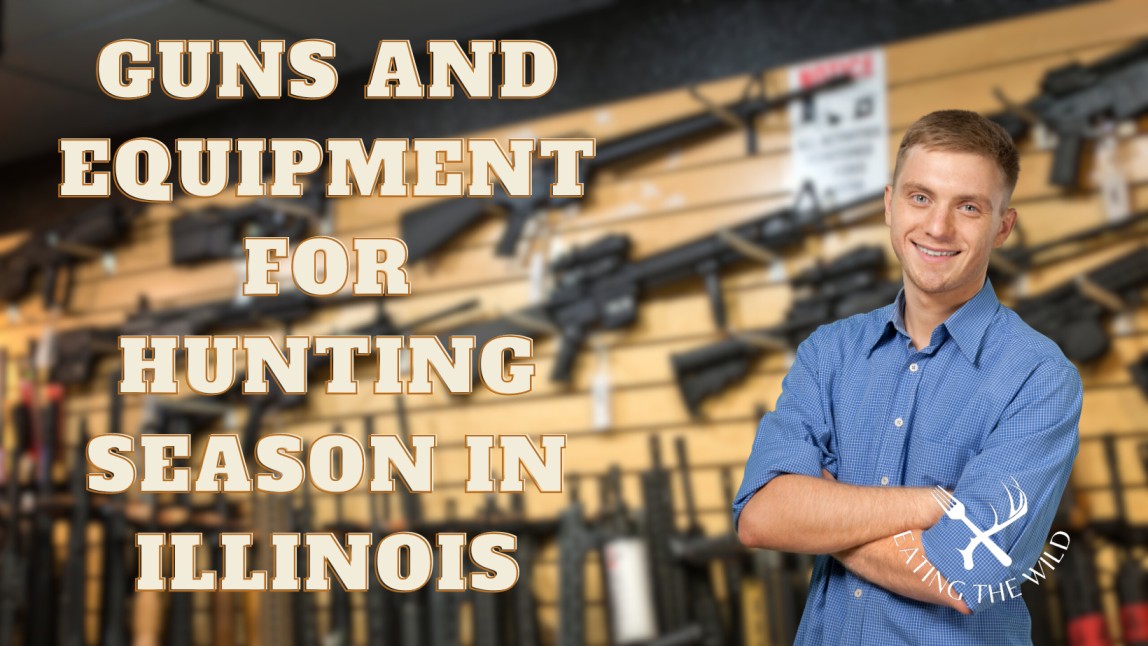
Illinois is a great place for hunting. With its forests, rivers, and open spaces, there are a lot of animals to hunt. Every year, when the weather gets cooler, many people come to Illinois to hunt.
If you’re thinking of hunting here, it’s important to know when and what you can hunt. In this blog, we’ll talk about the hunting times in Illinois, what animals you can hunt, and some rules you should know.
So, let’s start.
When Does the Hunting Season Begin in Illinois?
Illinois offers a diverse range of hunting opportunities throughout the year.
Here’s a breakdown of the hunting seasons for various animals in:
Deer (Archery)

Deer hunting in Illinois is a cherished tradition, with archery season offering a unique challenge for hunters. The season starts in October, with specific zones designated for hunting to ensure sustainable practices.
| Date | Zone |
| October 1 | Counties with a firearm season and west of Route 47 in Kane County |
| October 1 | Cook, DuPage, Lake, and Kane (east of Route 47) |
Turkey (Fall Archery)

Turkey hunting in the fall provides hunters with an opportunity to experience the beauty of Illinois’ landscapes while pursuing this elusive bird. The archery season offers a different experience compared to the spring shotgun season.
| Date | Zone |
| October 1 | Statewide |
Squirrel (gray and fox)

Squirrels are abundant in Illinois, making them a popular game for both novice and experienced hunters. The season continues into October, providing ample opportunities for hunters.
| Date | Zone |
| October 1 | Statewide |
Dove (Mourning and white-winged)

Dove hunting is a favorite pastime in Illinois, with the season extending into October. These birds are known for their swift flight, challenging even the most skilled hunters.
| Date | Zone |
| October 1 | Statewide |
Waterfowl and Other Birds

Waterfowl hunting in Illinois is a time-honored tradition, with various species available across different zones.
The state ensures sustainable hunting practices by designating specific zones and dates for each species.
| Date | Zone | Details |
| October 14 | North zone | Youth Waterfowl hunting starts. |
| October 21 | North zone | Start of hunting season for Canada Geese, Ducks, Mergansers, Coots, Light Geese, Brant, Scaup/bluebills First Season, and Woodcock. |
| October 28 | Central zone | Start for Ducks, Mergansers, Coots, Light Geese, Brant, and Scaup/bluebills First Season. |
Hunting Rules in Illinois

Illinois has a rich hunting tradition, and with it comes a set of rules and regulations to ensure sustainable and safe hunting practices.
Here’s a breakdown of some of the key hunting rules in the state:
Hunting Licenses
A Hunting License is mandatory in Illinois to hunt any game animal.
There are different license types available based on age, residency status, and the type of game you plan to hunt.
Hunters under 18 years of age can obtain a Youth License. They must be supervised by an adult aged 21 or older, who is properly licensed and meets hunter education requirements.
Illinois Hunter Certification
All hunters born on or after January 1st, 1980, must obtain a Hunter Education Certification in order to hunt in Illinois.
These courses are available for students who prefer in-person learning. They typically take a minimum of 10 hours and can span multiple days or just one session.
As an alternative to the traditional class, students can opt for online learning combined with a field day for hands-on experience.
Mandatory Harvest Reporting
All deer harvested in Illinois during various seasons (muzzleloader, archery, late winter antlerless, and special CWD seasons) must be reported.
Hunting Zones
For waterfowl hunting, specific regions in Illinois offer higher populations.
For instance, the Sanganois State Fish and Wildlife Area is a top public hunting spot for waterfowl enthusiasts.
Invasive Species
To protect native plants and animals in Illinois, invasive species must be controlled and eradicated.
It’s crucial to report any encounters or suspicions of invasive species.
Wildlife Management Areas
These areas are designated for hunting but can also be used for other recreational activities like hiking, fishing, and wildlife watching.
It’s essential to be aware of the rules and regulations specific to these areas.
Public Hunting Areas in Illinois
Illinois is renowned for its diverse landscapes and abundant wildlife, making it a prime destination for hunters.
The state offers a variety of public hunting areas, each with its unique charm and hunting opportunities.
Shelbyville SFWA
Located at 562 Ste Hwy 121 in Bethany, the Shelbyville State Fish and Wildlife Area (SFWA) is a haven for hunters.
The area is teeming with deer, doves, ducks, geese, pheasant, quail, rabbits, squirrels, turkey, and woodcock, providing a comprehensive hunting experience.
Kishwaukee River SFWA
Situated near Shabbona Lake, the Kishwaukee River State Fish and Wildlife Area is another popular hunting spot.
It primarily offers opportunities for deer hunting and furbearer trapping, with turkey also being a notable game.
LaRue Swamp FL
LaRue Swamp Forest Land, located near Wolf Lake in Union county, is a diverse hunting ground.
From deer and doves to ducks, geese, quail, rabbits, squirrels, and turkey, hunters have a plethora of options to choose from.
Red Hills SP
Red Hills State Park, found at 3571 Ranger Lane in Sumner, is a vibrant hunting area.
The park is home to deer, doves, pheasant, quail, rabbits, squirrels, turkey, and woodcock, ensuring a varied hunting experience.
Jubilee College SP
Jubilee College State Park, located at 13921 West Rt. 150 in Brimfield, boasts a rich array of games.
Whether it’s deer, doves, ducks, pheasant, quail, rabbits, squirrels, turkey, or woodcock, hunters are in for a treat.
Des Plaines SFWA
The Des Plaines State Fish and Wildlife Area, situated at 24621 N. River Rd in Wilmington, is another must-visit for hunting enthusiasts.
The area offers a mix of deer, doves, ducks, geese, pheasant, quail, and rabbits.
Snakeden Hollow SFWA
Snakeden Hollow State Fish and Wildlife Area, with its address at P.O.Box 295 in Victoria, is a hunter’s paradise.
The area is abundant with deer, doves, ducks, geese, rabbits, and woodcock.
Alvah Borah SHA
Also, Alvah Borah State Habitat Area, located at 102 Park Office Rd in McLeansboro, offers a diverse hunting experience.
From deer and doves to quail, rabbits, squirrels, turkey, and woodcock, the choices are vast.
Each of these public hunting areas in Illinois offers unique habitats and challenges. Before going on a hunting trip, it’s essential to familiarize oneself with the specific regulations and available games for each area.
Guns and Equipment for Hunting Season in Illinois

Illinois has been evolving its hunting regulations over the years, and recent changes have brought about significant shifts in the types of firearms allowed for deer hunting.
A Shift in Firearm Regulations
For many decades, Illinois restricted whitetail hunters to using shotguns and muzzleloaders. However, the state has now taken steps to align itself with most of the country by permitting the use of single-shot rifles for deer hunting.
This change comes with a notable condition: while the current law allows hunting with muzzleloaders, shotguns, and single-shot handguns during the regular deer firearm season, the recent amendment to the Illinois Wildlife Code will enable hunters to include single-shot centerfire rifles in their hunting gear.
This new regulation took effect on January 1, 2023, marking Illinois’ departure from the list of states that only allow shotgun and muzzleloader deer hunting.
Ammunition Specifications
The Illinois Department of Natural Resources has set specific guidelines for the ammunition used in these rifles.
The ammunition must be restricted to .30-caliber or larger centerfire cartridges that are less than 1 2/5 inches in length or straight-wall cartridges of at least .30 caliber.
Furthermore, these cartridges must be available as a factory load, with the manufacturer’s ballistic tables showing a capability of at least 500 foot-pounds of energy at the muzzle.
Some of the approved cartridges include the .45-70 Government, .450 Bushmaster, .300 Blackout, and .44 WCF.
The Impact on Hunters
The introduction of single-shot rifles for deer hunting in Illinois is expected to make the hunting experience more accessible and enjoyable for many.
The recoil from shotguns, especially the 12-gauge and 20-gauge, can be quite intense, deterring some hunters. In contrast, a .300 BLK centerfire rifle offers a much softer shooting experience.
This change is anticipated to attract more hunters, including women and younger individuals, to the sport.
Hunting Limits in Illinois Counties
Illinois takes pride in its rich hunting heritage and ensures that the sport is practiced sustainably by setting specific hunting limits across its counties.
These limits are designed to balance the interests of hunters with the need to maintain healthy wildlife populations.
County-Specific Archery Limits
In Illinois, there have been recent changes to the county-specific deer archery limits. The state has introduced a system where hunters can obtain permits based on the county they wish to hunt in.
This system ensures that deer populations are managed effectively across different regions of the state. The number of permits issued often reflects the deer population in a particular county, ensuring that overhunting does not occur.
Special CWD Deer Hunting Seasons
Chronic Wasting Disease (CWD) is a concern in Illinois, and to manage its spread, the state has introduced special CWD deer hunting seasons in certain counties.
During these seasons, hunters are allowed to harvest only one “antlerless” deer per Special CWD Deer Permit. Additionally, hunters can use any unused leftover current-year firearm permits.
If hunting in CWD counties, hunters also have the opportunity to harvest an antlered deer if they possess a valid permit.
Mandatory Firearm Harvest Reporting
Illinois mandates that all deer harvested during various seasons, including the firearm or muzzleloader deer season, be reported.
This reporting system helps the state monitor deer populations and adjust hunting limits and seasons as necessary.
Non-Resident License and Stamps Guidelines
For non-residents wishing to hunt in Illinois, there are specific license and stamp guidelines based on age and other factors.
For instance, those under 16, between 16-17, aged 18-64, or above 65 have different licensing requirements.
There are also special provisions for disabled individuals, disabled veterans, former POWs, and landowners.
Frequently Asked Questions
How long is deer hunting season in Illinois?
Deer hunting season in Illinois varies based on the method and specific season dates. Typically, archery season starts in October and runs through mid-January, while firearm deer season consists of a few short segments in November and December. It’s best to check the official Illinois Department of Natural Resources website for exact dates each year.
Does Illinois have a rifle season?
Illinois does not have a traditional rifle season for deer hunting. However, recent regulations have permitted the use of specific single-shot centerfire rifles for deer hunting. Shotguns and muzzleloaders have been the primary firearms used for deer hunting in the state.
What can you hunt in Illinois?
Illinois offers a variety of hunting opportunities. You can hunt deer, turkey, waterfowl (like ducks and geese), upland game birds (like pheasant and quail), furbearers (like raccoons and foxes), and small game (like squirrels and rabbits). The availability and season for each species vary, so it’s essential to consult the Illinois Department of Natural Resources for specific details.
